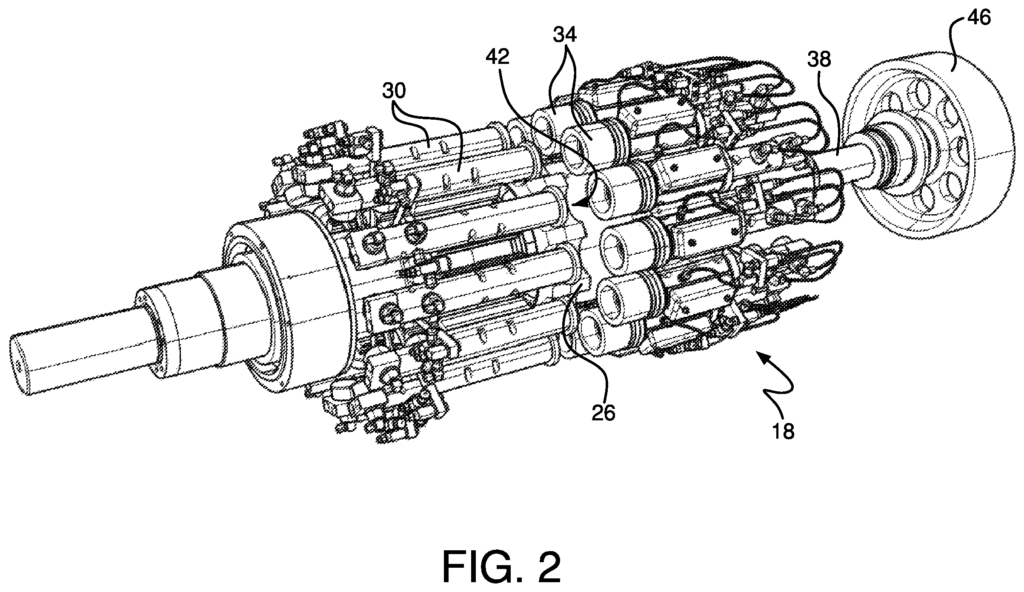by Dennis Crouch
Patent attorneys know that amending the specification can directly impact claim interpretation. The Federal Circuit in Phillips v. AWH Corp. placed the specification alongside claim language as foundational intrinsic evidence for claim construction, recognizing that the specification provides focused context for understanding claim terms as they would be understood by skilled artisans. 415 F.3d 1303 (Fed. Cir. 2005). Amendments made during prosecution carry particular weight because they represent deliberate choices by the applicant to alter a known baseline. Although practitioners don’t always think of it this way, one of the most significant opportunities for “amending” patent disclosure comes when moving from a parent to a child application. This transition – particularly when moving from a provisional to a non-provisional application – often serves as a natural inflection point where attorneys engage in cleanup, clarification, and refinement. But as recent Federal Circuit decisions make clear, these often routine editorial choices between applications can have profound implications for claim scope, even without rising to the level of formal prosecution disclaimer.
The case prompting this post is the DDR Holdings, LLC v. Priceline.com LLC, No. 2023-1176 (Fed. Cir. Dec. 9, 2024), claiming methods and systems for generating a composite web page that combines content along with ads from third-party “merchants.” U.S. Patent No. 7,818,399. I think the idea here is similar to create a white-label or embedded shopping experience. When a user clicked on a product link, instead of being redirected to the merchant’s site, they would see a new composite web page that maintained the host website’s look and feel while displaying the merchant’s product information. Although the ability to embed shopping experiences is integral to web technology today, it wasn’t so clear back when DDR filed its original provisional application back in 1998.
The dispute centered on whether the claim term “merchants” was limited to sellers of goods or could also include service providers. Travel companies like Booking.com and Priceline.com are quintessential service providers – they don’t sell physical goods but rather facilitate services like hotel bookings, airline tickets, and car rentals. (more…)

